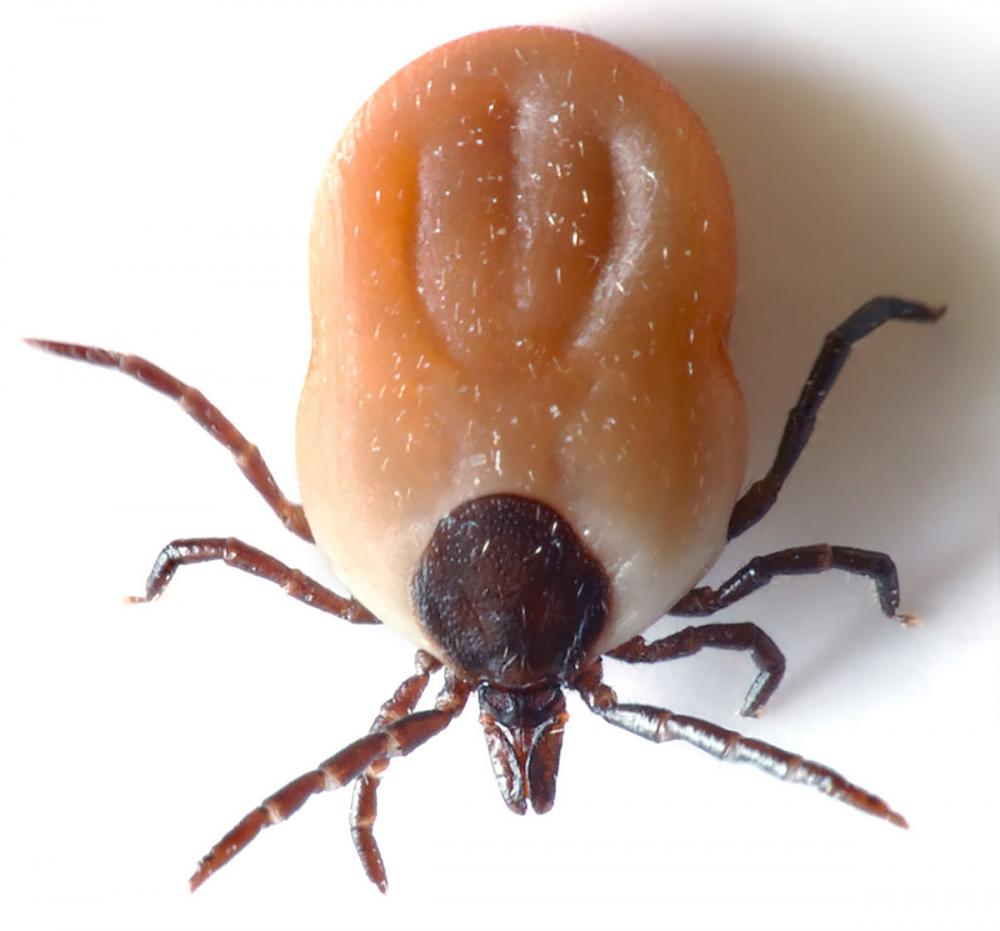How To Get A Tick Off A Cat
Cat ticks key facts
- Ticks can cause disease by transmitting bacteria and microbes when they bite an animal or human
- They are common in woodland, grassland and heath areas
- Check your cat and for ticks when they come in from outdoors and remove them quickly
What are cat ticks?

Cat ticks are spider-like, egg-shaped, blood-sucking creepy crawlies. They have eight legs and vary in size from about 1mm to 1cm long. Adult ticks look a bit like small spiders.
Ticks are common in woodland, grassland and heath areas, but can also be found in your garden if you live in an area with lots of wildlife. Your cat is most likely to come across them if you live near areas with lots of deer or sheep, or in areas where there are wildlife like hedgehogs or rabbits.
You are most likely to come across ticks between spring and autumn, but they are active throughout the year.
Ticks don't fly or jump, but climb or drop on to your cat's coat when you brush past the area they are sitting in.
How do I know if my cat has a tick?
Ticks are big enough to spot. Run your hands over your cat's body when they come home for dinner each evening to check for any lumps or bumps. A tick will feel like a small bump on your pet's skin.
They tend to attach themselves to areas around a cat's head, neck, ear and feet. Brushing also helps to remove them.
Ticks vary in size between 1mm and 1cm long, depending on their age. They look like tiny spiders with a whiteish, egg-shaped body. This body becomes larger and darker as it fills with blood.
How do I remove cat ticks safely?
Cat ticks carry diseases, so it's important to remove any that attach themselves to your cat as soon as possible. Rapid removal lessens the risk of disease.
This can be tricky, as you need to be careful not to squeeze the tick's body, or allow its head to get stuck inside your cat. Squeezing a tick's body can cause it to expel blood back into your cat, increasing the risk of infection.
Twisting them off your cat is the best removal method, and pet shops sell handy tick-removal devices to make this easier. Ask your vet for advice.
Why should I protect against cat ticks?

Cat ticks are very good at passing on infections from one animal to another but dogs are much more at risk that cats. They feed by biting an animal and feasting on blood. This may take several days. Once they have had enough, they drop off.
Cat ticks transmit microbes that cause diseases, such as Lyme disease and babesiosis but it's unusual for cats to catch these diseases.
If you live in an area with cat ticks, it's a good idea to use a tick treatment that will kill them if they attach. Spot on treatments and collars are available and it's best to consult your vet about which is most suitable for your pet.
Read the instructions very carefully as some treatments are for dogs only and can be very dangerous to cats and can even kill them. If you own a cat and a dog and you need to protect your dog against ticks, ask your vet which treatment is safe for a multipet household before treating any of your pets.
- Never use a tick treatment designed for dogs on your cat. This is extremely dangerous and could kill your cat.
What is Lyme disease?
Lyme disease is a serious bacterial infection that is spread by ticks. If your cat has Lyme disease they may appear lethargic and lose their appetite, become lame or have sore or stiff joints.
Lyme disease in cats in the UK is extremely uncommon.
If you think your pet has Lyme disease, contact your vet. They can perform tests and start treatment with antibiotics.
What is babesiosis and does it affect cats?
Babesiosis is extremely rare in the UK and the tick that spreads it is so far only found in southern England and on the continent. The first cases of dogs being treated for the disease, caused by the bacterium Babesia, were reported in March 2016.
Recent confirmed cases of babesiosis in Essex have been caused by the Babesia canis strain. This is not thought to affect cats or other animals and is not a risk to humans.
How To Get A Tick Off A Cat
Source: https://www.bluecross.org.uk/pet-advice/cats-and-ticks
Posted by: yamadacouren.blogspot.com

0 Response to "How To Get A Tick Off A Cat"
Post a Comment